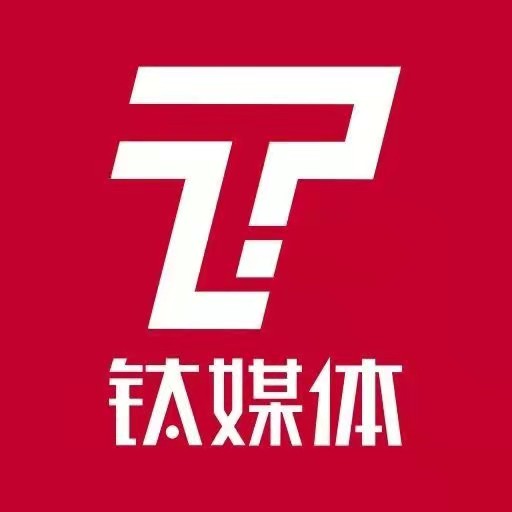TMTPOST - At the 2025 Global New Energy Vehicle Cooperation and Development Forum in Shanghai, industry leaders sounded the alarm: China ’ s soaring auto exports are outpacing the financial support systems critical to sustaining global competitiveness.
China ’ s automobile exports reached 6.4 million units in 2024 and are projected to hit 10 million by 2030, while auto parts exports, excluding batteries, already exceed $93 billion, with potential to reach $120 billion by 2030. Yet, as Zhang Yongwei,Vice Chairman of non-governmental oraganziation China EV100, highlighted, a glaring weakness has persisted despite the rapid growth: inadequate financial infrastructure to underpin overseas expansion.
Historically, global automotive giants have thrived through robust international finance networks. Sun Xiaohong, Secretary-General of the Automotive Internationalization Committee of China Chamber of Commerce For Import and Export of Machinery and Electronic Products, stressed that "financial support runs through every stage of automakers ’ development" — from consumer credit and dealer inventory financing to global supply chain management. Mature systems like captive finance arms in the U.S. and bank consortium models in Japan and South Korea tailor credit and insurance to complex auto industry needs, strengthening global footholds.
By contrast, Chinese automakers face "conservative" regulatory stances restricting overseas automotive finance. "The central bank in China and financial regulators have been very conservative about overseas auto finance," Sun told the forum. "I personally believe their stance is not suited for the growth of the auto industry … China ’ s central bank has an unwritten rule: financial services to overseas clients are not provided," he added.
"However, compared with domestic consumers in China, overseas clients are more reliant on auto financing," said Lou Jia, a Director and Chief Automotive Analyst at Bank of China International. He said that while there is a complete auto financing system in China, overseas markets need a revamp for auto financing systems tailored to local car buyers, adding that dealerships also face financing difficulties given their balance sheets are not strong. He noted that Chinese banks ’ limited foreign branch networks and risk models that are unfit for overseas markets lead to high financing costs, squeezing profitability margins and competitiveness of Chinese automakers.
Compounding this, the rapid innovation pace in new energy vehicles ( NEVs ) pose problems to the traditional financial product design. Questions over financing models for battery-vehicle separation and charging infrastructure remain unresolved. "During the process of financing, should the car itself be separated from the battery? Should the funding go to only the car or the battery?" Sun asked during the conference.
Meanwhile, battery technologies advance so fast that energy intensity may increase insignificantly in three years, which leads to a blurry boundary between the salvage value and the insured subject. The needs for the separation of the car and the battery and financing for charging infrastructure are not met due to the lack of relevant financing models. Furthermore, integrated chassis designs come with high repair and maintenance costs and difficulties in insurance pricing. "Overseas insurers would offer insurance policies in the first year after a car purchase, but they are reluctant to renew the policy in the second year because the insurers may face hefty costs," said Sun. .
In addition to auto financing and insurance issues, cross-border fund flows add another layer of complexity. Liu Bingguo of Shanghai Linke Xincheng Technology recounted hurdles in markets like Iran and Russia, where economic sanctions and payment delays hinder operations. "Fund remittances to the countries may be subject to sanctions while payments from the countries face bad delays," said Liu.
Limited support from Chinese banks and volatile bulk trade financing compound the risks. It may take two or three months for cargoes to go from China to an overseas market and prices fluctuate during the shipment, which may reduce the profit margin to zero and make bulk trade like a gamble. The fragile payment process deters companies from entering into high-risk overseas markets.
In response, China ’ s policy financial institutions have stepped in. In 2024, China Export & Credit Insurance Corporation, known as Sinosure, insured $17.5 billion in whole-car NEV exports, up 45% year-over-year, offering export credit insurance protecting exporters against geopolitical and commercial payment risks. Its core product provides a year-long protection coverage for product delivery. Meanwhile, overseas investment insurance also covered $72 billion for geopolitical risks, including losses related to riots, wars and and discriminatory tariffs, with payments from Sinosure to claimants in Eastern Europe and Africa.
Commercial banks are improving their services as well. Industrial Bank ’ s NRA account cross-border supply chain financing eases overseas subsidiaries ’ procurement and parent company cash flow, optimizing capital use.
Experts urge establishment of localized automotive finance companies abroad, citing examples like automaker SAIC-GM-Wuling ’ s Indonesia finance unit, machinery producer XCMG ’ s banking license in Brazil and Geely ’ s financial services in Mexico. Dedicated export support funds and streamlined financing approval systems are proposed to empower leading auto players and projects.
Beyond financial services, integration across the ecosystem remains critical. Chang Jing, Deputy GM of China ’ s top investment bank CICC, noted Chinese automakers operate as isolated overseas players, lacking the comprehensive platform approach Japanese auto companies used — investing in infrastructure, logistics, compliance, and full-service ecosystems from leasing to used car sales.
Chinese industry insiders see parallels to Japan ’ s automotive global evolution in the 1980s – 90s, when Japan's trade frictions with the United States spurred a shift from export-led growth to localized global production exceeding 20 million units by 2018.
The key takeaway from Japan's auto industry: export volume alone won ’ t sustain global leadership. Success demands embedding deeply in the value chain through coordinated finance, brand-building, production, services, data, and cooperation.
From merely "selling cars abroad" to "taking roots," finance is just the starting point. Only by aligning production capacity with branding, services, data and supportive policy can Chinese automakers really take the center of the global stage in the new era of automotive globalization.
